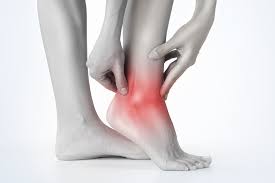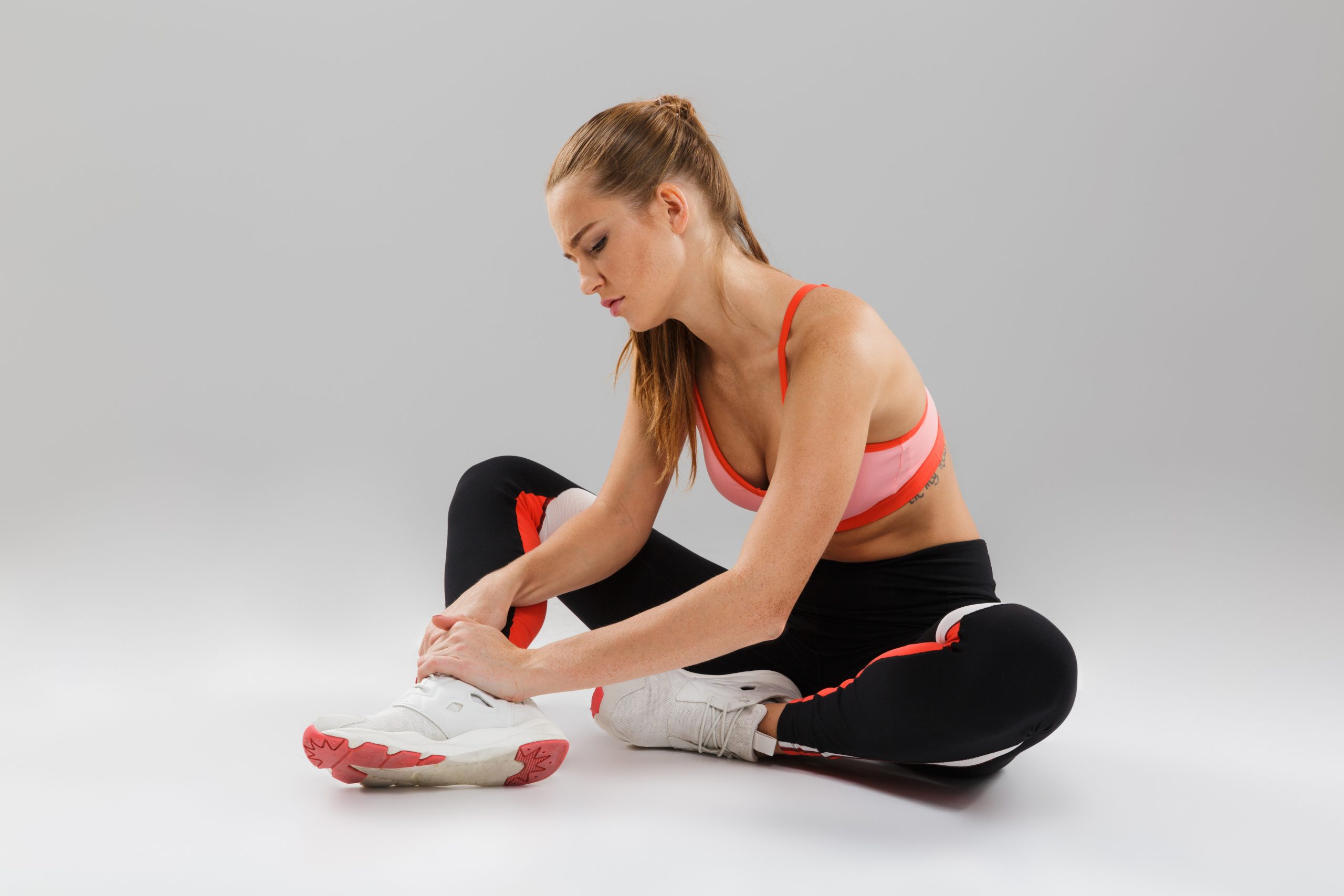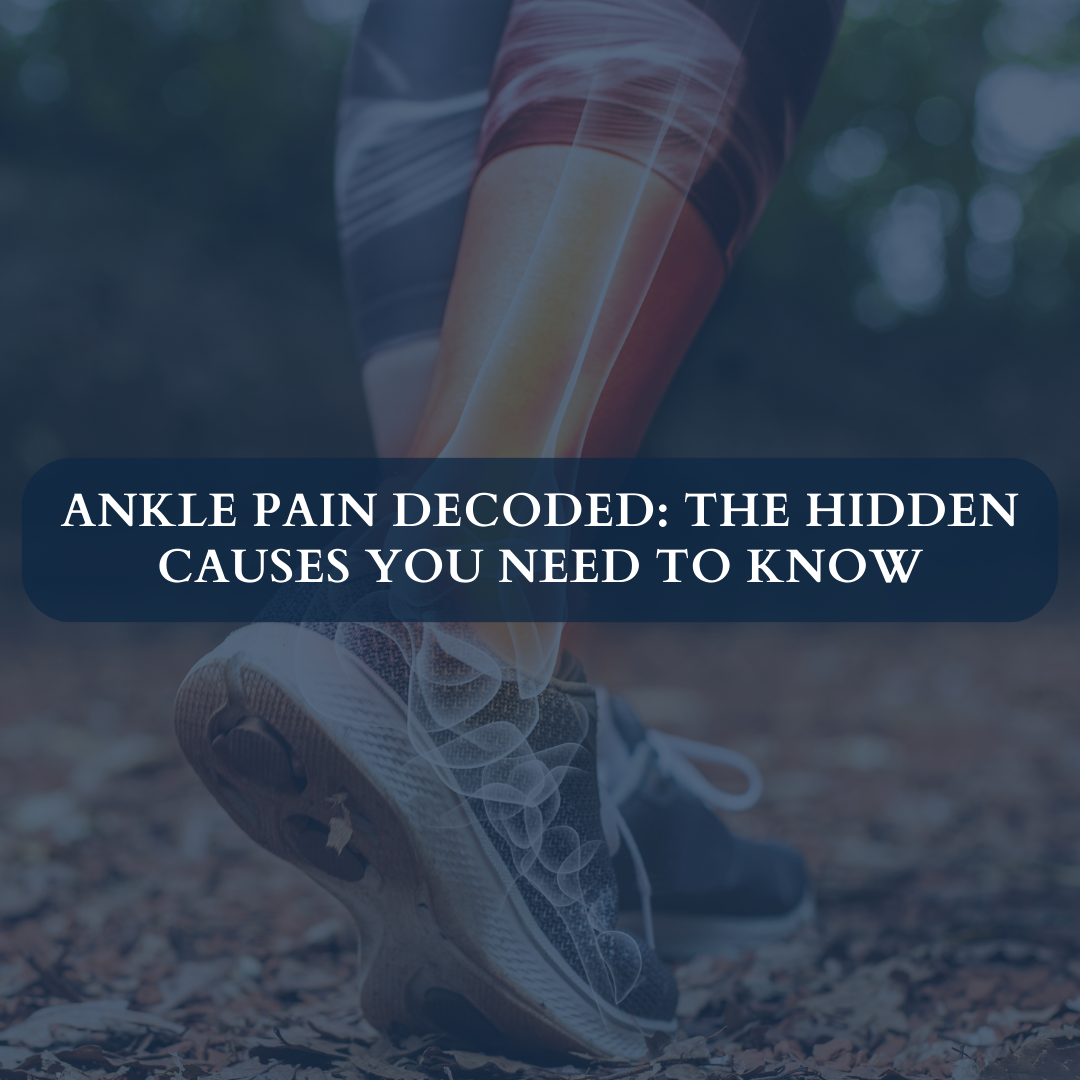Ankle pain can significantly impact daily activities and mobility. Whether caused by injury, overuse, or underlying conditions, there are various effective methods to reduce ankle pain and promote healing.
Understanding Ankle Pain
Ankle pain can result from various causes:
- Sprains and strains
- Arthritis
- Tendonitis
- Overuse injuries
- Poor footwear
- Structural problems
- Previous injuries
Immediate Relief Strategies
1. The RICE Method
This proven approach provides immediate relief:
Rest
- Avoid putting weight on the affected ankle
- Use crutches or a cane if necessary
- Limit activities that cause pain
Ice
- Apply ice for 15-20 minutes at a time
- Use every 2-3 hours
- Wrap ice in a thin towel to protect skin
- Continue for the first 48-72 hours
Compression
- Use an elastic bandage
- Wrap from toes upward
- Maintain firm but not tight pressure
- Adjust throughout the day as needed
Elevation
- Keep ankle above heart level
- Use pillows for support
- Elevate while sleeping
- Maintain elevation for 2-3 hours daily
2. Pain Management
Over-the-counter medications
- Anti-inflammatory drugs (NSAIDs)
- Acetaminophen
- Topical pain relievers
- Follow recommended dosages
Long-term Relief Strategies
1. Exercise and Stretching
Flexibility exercises
- Ankle circles
- Toe points and flexes
- Alphabet drawings with toes
- Gentle stretching
Strengthening exercises
- Resistance band exercises
- Calf raises
- Balance exercises
- Toe curls
2. Proper Footwear
Choose shoes that provide:
- Adequate support
- Proper arch support
- Correct size and width
- Good shock absorption
- Stability features
3. Lifestyle Modifications
Weight management
- Maintain healthy weight
- Reduce stress on ankles
- Choose low-impact activities
- Focus on proper nutrition
Activity modification
- Avoid high-impact activities during healing
- Choose appropriate exercise surfaces
- Gradually return to activities
- Listen to your body’s signals
Professional Treatment Options
1. Physical Therapy
- Custom exercise programs
- Manual therapy techniques
- Ultrasound treatment
- Electrical stimulation
- Gait analysis and training
2. Medical Interventions
- Prescription medications
- Corticosteroid injections
- Orthotic devices
- Supportive braces
- Surgery (in severe cases)
Prevention Strategies
1. Regular Maintenance
Daily care
- Proper stretching
- Strengthening exercises
- Good hygiene
- Regular inspection
Weekly care
- Cross-training activities
- Rest days
- Equipment checks
- Progress evaluation
2. Environmental Considerations
Surface awareness
- Choose appropriate walking surfaces
- Avoid uneven terrain
- Use proper lighting
- Watch for obstacles
Weather considerations
- Extra caution in wet conditions
- Appropriate footwear for weather
- Indoor alternatives when needed
- Proper warming up in cold weather
When to Seek Medical Help
Consult a healthcare provider if you experience:
- Severe pain or swelling
- Inability to bear weight
- Visible deformity
- Persistent pain
- Signs of infection
- Limited range of motion
Complementary Therapies
1. Alternative Treatments
- Acupuncture
- Massage therapy
- Cold laser therapy
- Herbal remedies
- Essential oils
2. Supportive Measures
- Kinesiology taping
- Compression socks
- Night splints
- Ankle supports
Recovery Timeline
Acute Phase (0-72 hours)
- Focus on RICE method
- Minimal movement
- Pain management
- Protection
Sub-acute Phase (3-14 days)
- Gentle movement
- Progressive exercises
- Continued protection
- Pain monitoring
Recovery Phase (2-8 weeks)
- Increased activity
- Strengthening exercises
- Return to normal activities
- Preventive measures
Long-term Management
1. Ongoing Care
- Regular exercise routine
- Proper footwear maintenance
- Weight management
- Activity modification as needed
2. Monitoring
- Track symptoms
- Note triggers
- Document progress
- Regular check-ups
Sports-Specific Considerations
For Athletes
- Proper warm-up routines
- Sport-specific exercises
- Adequate rest periods
- Appropriate equipment
For Regular Exercise
- Gradual intensity increase
- Cross-training
- Recovery periods
- Proper form
Conclusion
Reducing ankle pain requires a comprehensive approach combining immediate relief strategies with long-term management techniques. Success often depends on:
- Consistent adherence to treatment plans
- Patient education
- Proper prevention strategies
- Regular monitoring and adjustment
Remember that recovery times vary among individuals, and it’s essential to:
- Listen to your body
- Follow medical advice
- Be patient with recovery
- Maintain preventive measures
By implementing these strategies and maintaining awareness of your ankle health, you can effectively reduce pain and prevent future issues. Always consult healthcare professionals for persistent or severe ankle pain, and develop a personalized plan that works best for your specific situation.




